Grow Amaryllis Outdoors in the Desert Southwest
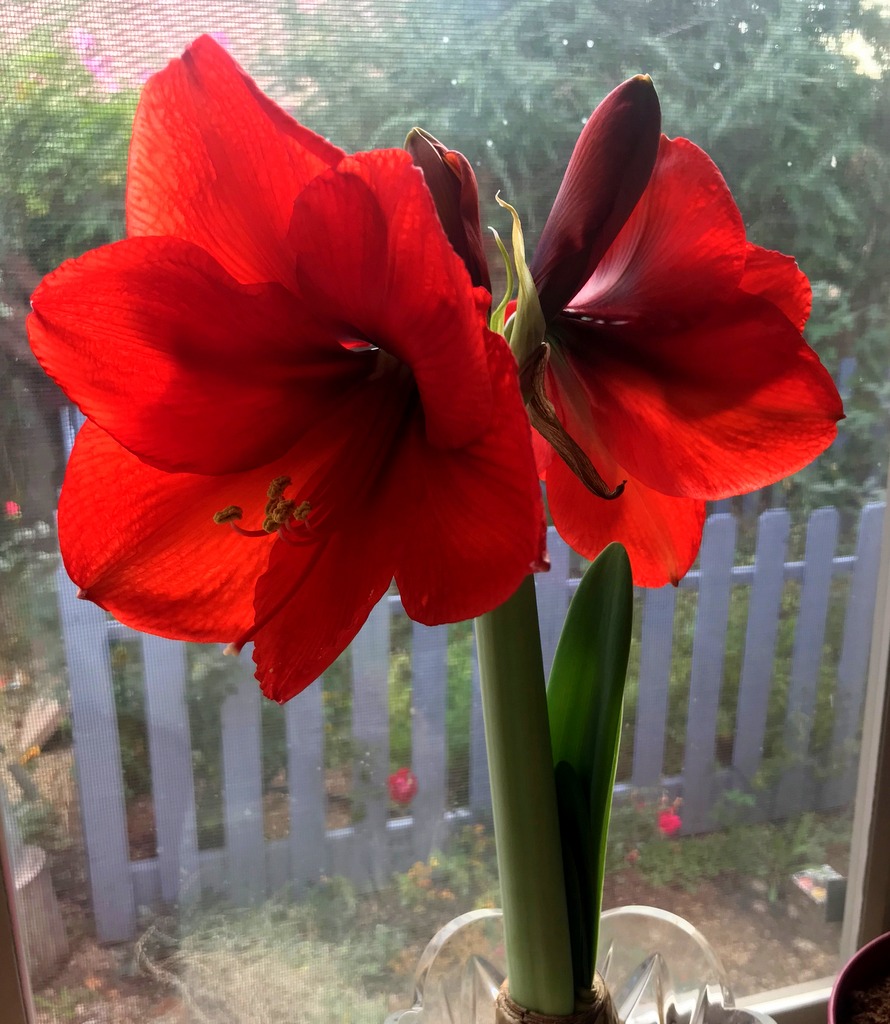
*This blog post contains affiliate links, to make it easier for you to order supplies for growing amaryllis outside. If you click through and make a purchase, I may receive a commission (at no additional cost to you).
Have you ever wondered what to do with your amaryllis once the flowers have faded? Instead of throwing it out, you can plant it outdoors, where it will bloom year to year, even if you live in the Desert Southwest.
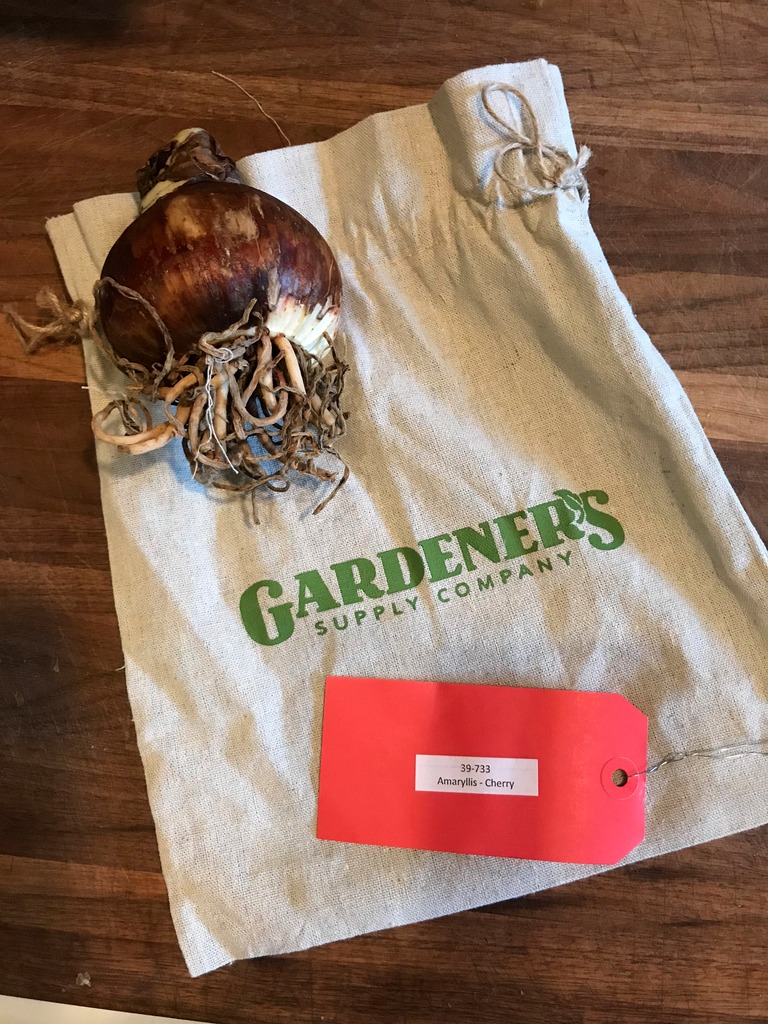
Around the holiday season, amaryllis bulbs can be purchased in most grocery stores, nurseries, or online.
I have been enjoying the beautiful blooms of my amaryllis this holiday season and am grateful for the vibrant splash of color on my kitchen windowsill. Soon, the flowers will fade, and I will get it ready to transplant outside.
Here is how to do it:
1. Cut off the faded flower, but keep the stem and leaves, which will continue to produce food for the amaryllis bulbs. Don’t worry if the stem oozes sap after cutting, this is normal. Once the stem and leaves turn yellow and die, cut them off.
2. Select an area out in the garden for your amaryllis. They will require an area that gets filtered shade or a few hours of the morning sun. It should have fertile garden soil, which can be provided by amending with potting soil. If you have a flower bed or vegetable garden, you can plant the amaryllis in there, OR you can plant it in a container – I love this blue one.
3. Once the danger of freezing temperatures has passed, it’s time to plant. At the bottom of the planting hole, add some bulb fertilizer, following package directions. In desert climates, it’s important to bury the bulb to the top, so that only a 1/2 inch remains above the soil. New leaves will soon emerge that will add a pretty element to the garden.
4. Whenever leafy growth is present, water when the top inch of soil is dry and fertilize monthly using an all-purpose liquid fertilizer at 1/2 the recommended strength.
5. Amaryllis typically bloom in spring when grown outdoors. After the blooms fade, remove them and allow the leaves to remain until they turn yellow and die. At this point, add a layer of mulch, leaving only a 1/2 inch peeking above the soil. Decrease the watering so that soil remains just slightly moist.
So, in a nutshell, water and fertilize when they are blooming, or leaves are growing, cut off leaves when they are dead – stop fertilizing and decrease watering.
It’s easy to see why amaryllis are a favorite flower when grown indoors and even more so if you plant them outdoors for those of us who live in the Desert Southwest.
Have you ever grown an amaryllis outside?
*Gardeners Supply provided with this amaryllis free of charge for my review.

 Noelle Johnson, aka, 'AZ Plant Lady' is a author, horticulturist, and landscape consultant who helps people learn how to create, grow, and maintain beautiful desert gardens that thrive in a hot, dry climate. She does this through her consulting services, her online class Desert Gardening 101, and her monthly membership club, Through the Garden Gate. As she likes to tell desert-dwellers, "Gardening in the desert isn't hard, but it is different."
Noelle Johnson, aka, 'AZ Plant Lady' is a author, horticulturist, and landscape consultant who helps people learn how to create, grow, and maintain beautiful desert gardens that thrive in a hot, dry climate. She does this through her consulting services, her online class Desert Gardening 101, and her monthly membership club, Through the Garden Gate. As she likes to tell desert-dwellers, "Gardening in the desert isn't hard, but it is different."
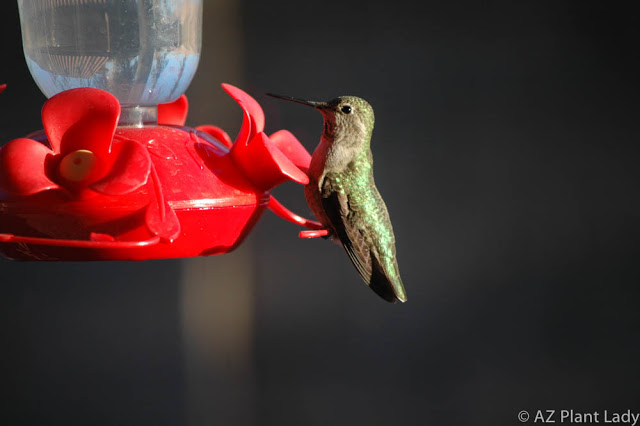
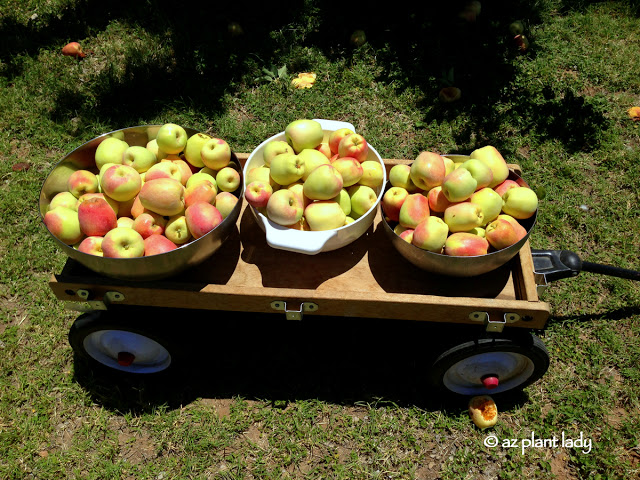
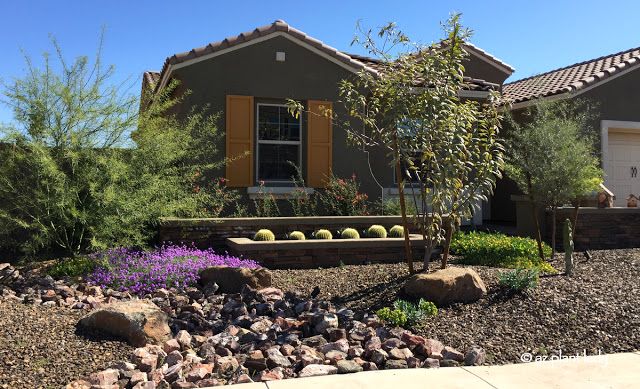
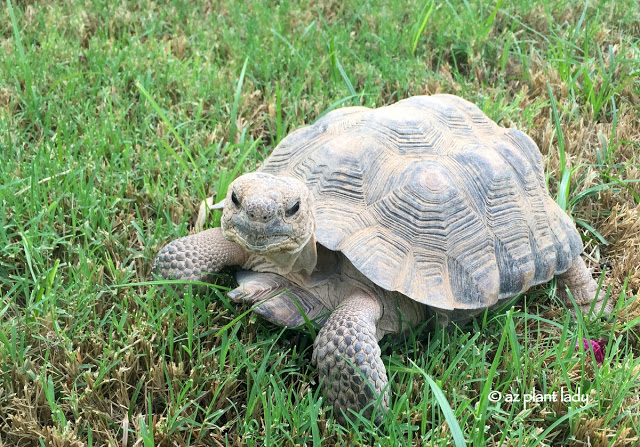
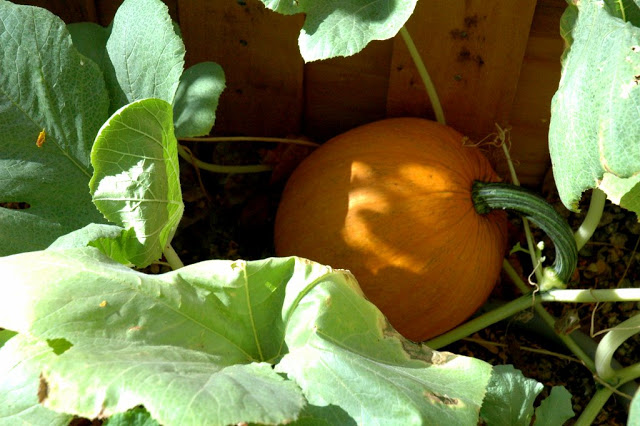
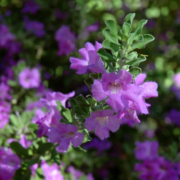







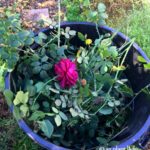
I am 60 miles north of Kingman AZ, zone 8B. I get occasional freezing weather and some years a little snow. I’ve been putting my plants in a shed for the winter. Can I really plant them outside here?
I have some red amaryllis that someone can have. Mine have been planted outdoor for 10+ years. I thinned them and now have too many.
Hi Patricia,
While my expertise is focused on zone 9 gardening, the research that I did online said that you could grow them outdoors in zone 8 gardens. I would try it out with a single amaryllis to see how it does before putting them all outside in winter.
I thought oleanders were poisonous to eat. Mine got eaten from something in the wild. I am thinking it was javalina damage but I am not sure, any answers?
Hello Mary,
They are poisonous, however I’ve heard of some caterpillars who eat them.
I would LOVE to have the red. I currently have white and candy stripe red and white.
On another note, do you when I can divide my plants? Everything I read says after the leaves have died. ALL of mine still have healthy leaves. They’re mostly in a cluster and I’d like to spread them out. I live in AZ.
Hello Joanie,
Go ahead and divide your amaryllis in late fall, which would be early December and replant them right away. Don’t worry if they still have their leaves.
I hope you find a pretty red one to add to your garden this winter.
I just received my order today from DutchGrown and the Amaryllis are HUGE! I bought 5 different varieties and 5 each, so I planted ‘Lagoon’ (which is a rosy pink) on the east side of the house in a large steel raised bed. Thanks for the helpful info.. I’m crossing my fingers!
Hello Don,
How fun! The amaryllis I replanted last spring are doing great and I can’t wait to see them bloom again next spring.
I recently moved from Florida to Prescott, Az
I brought a few of my Amaryllis along. In Florida I left them in the ground year around and could count on having to separate bulbs and increase my Amaryllis garden with these bulbs. How should I care for them here? I would hate to loose the ones I have. We get some freezes and snow up here in Prescott,Az. Thanks for your advice.
Hello Ingrid,
Welcome to Arizona! I haven’t grown amaryllis in a cold climate but depending on the type of amaryllis you have, you may be able to in Prescott. Here is a helpful link that may help. https://homeguides.sfgate.com/winterize-amaryllis-64557